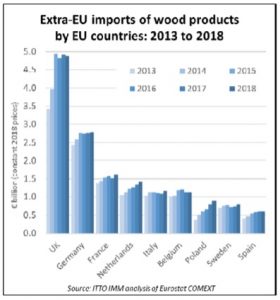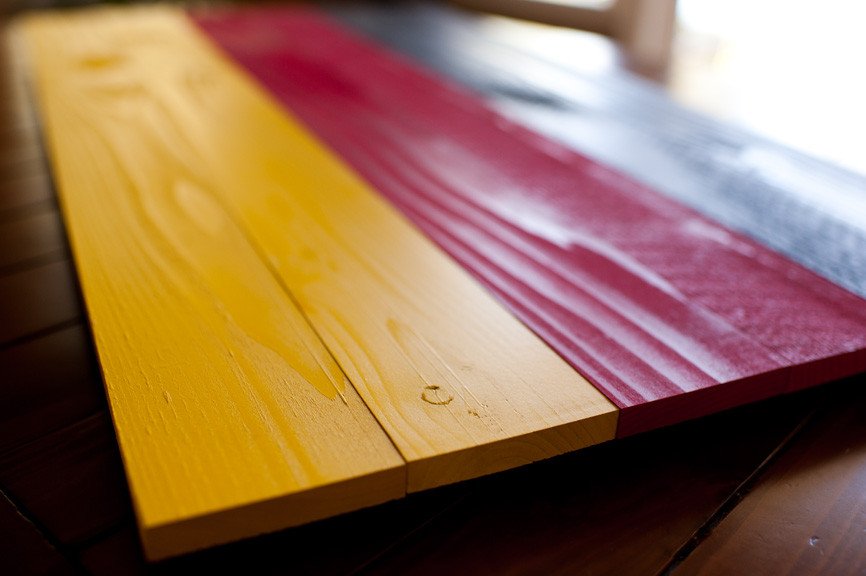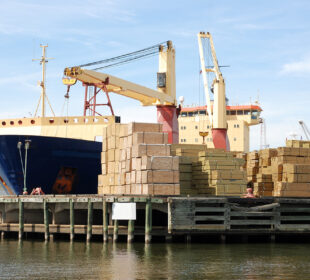Germany is Europe’s largest economy with GDP likely to have exceeded US$4 trillion for the first time in 2018 (according to IMF), over 40% more than the UK, Europe’s second largest economy. Germany is Europe’s largest producer of sawnwood and wood-based panels, with output of 22 million m3 and 11 million m3 respectively in 2017.
Germany is also Europe’s largest consumer (annually €9.4 billion) and second largest producer (annually €7.3 billion) of wood furniture. Germany’s annual per capita consumption of wood furniture is €118, second only to Luxembourg amongst European countries.
Germany weathered the economic storms of the last decade better than most other European economies.
Although GDP growth slowed in the second half of last year as Germany’s large export-oriented manufacturing sector came under pressure from cooling demand in overseas markets, domestic consumption in Germany has been very resilient.
 Germany’s domestic market has benefited from strong consumer confidence, which has remained much higher than in other European countries in recent years, bolstered by a low and declining unemployment rate (which fell to only 3.1% in February 2019) and the expansionary policy of the European Central Bank which has combined low interest rates with quantitative easing.
Germany’s domestic market has benefited from strong consumer confidence, which has remained much higher than in other European countries in recent years, bolstered by a low and declining unemployment rate (which fell to only 3.1% in February 2019) and the expansionary policy of the European Central Bank which has combined low interest rates with quantitative easing.
In 2019, domestic consumption in Germany is expected to remain high, particularly as the German government has introduced further fiscally expansionary measures, including a higher minimum wage to help offset an anticipated slowdown in export demand for German products. Economic indicators this year have revealed further rises in consumer sentiment and the composite Purchasing Managers Index showing better business conditions.
Feedback from hardwood traders in Germany indicates that there is good activity in the door and kitchen sectors.
Furthermore, German importers continue to sell significant volumes of hardwood into the expanding furniture and joinery manufacturing sectors in Eastern European countries, notably Poland and Lithuania.

















